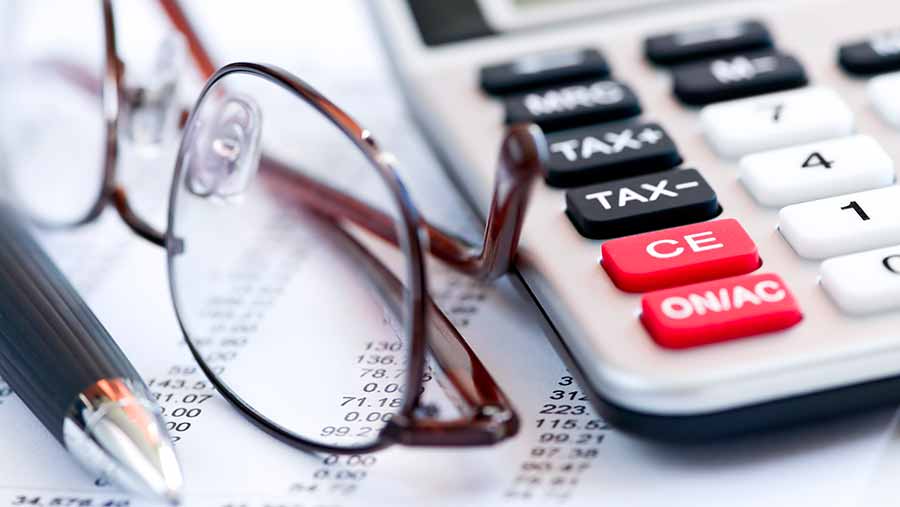Changes to submitting VAT in 2019: What you need to know
 © Monkey Business Images/REX/Shutterstock
© Monkey Business Images/REX/Shutterstock From April 2019, all farming businesses will need to keep an electronic record of all business transactions on approved record-keeping software in order to be able to make VAT returns.
For businesses that do not already use accounting software, this will require investment in software, training to use it and a working internet connection.
There will be no changes to the way that VAT is calculated, or to deadlines for submitting returns online.
See also: Business Clinic: Tax implications of changing company structure
The changes are the first step in a longer-term plan to make all tax submissions electronic, but the rules will initially only apply to those who have an income in excess of the VAT threshold of £85,000, excluding subsidy and environmental payments.
It is anticipated that income and expenditure records will have to be submitted electronically by April 2020 for the calculation of income tax.
Figures from HMRC show there is a £12.6bn shortfall between the amount of VAT that is being collected and the estimate of what should be received and officials say this is part of a strategy that will help them narrow this gap by reducing record-keeping errors as well as tax evasion.
Chartered accountant Anne Cianchi, Making Tax Digital project consultant for Farmplan, highlighted five key facts businesses need to be aware of:
1. There will no longer be the option to use a paper-based record-keeping system to calculate the amount of VAT owed before submitting a paper return or manually entering calculations on the HMRC website. However, paper records can still be kept, providing information from the invoices is entered into the electronic system.
2. Farms using electronic spreadsheets, such as Microsoft Excel, will also have to invest in specialist accounting software or bridging software (a tool to transfer data from one place to another) as, after the change, they will be the only products capable of sending and receiving data from the website.
3. HMRC have already made it clear there will be no free software provided by them for users to make VAT submissions.
4. Software packages which have been approved by HMRC as compatible for use with Making Tax Digital can be found on the HMRC website.
5. Only one submission will be allowed for each individual VAT registration number. This means companies that keep multiple sets of accounts for different businesses – for example, a farm and a diversification enterprise – will need to combine them into one figure for a VAT return. HMRC have made it clear that if the figures are combined from different sources this needs to be done electronically, so bookkeepers should ensure any software they purchase is capable of doing this.
Are you concerned about the changes? Get in touch with the business desk at Farmers Weekly to highlight any issues that you think are failing to be addressed. Contact Andrew Meredith on andrew.meredith@reedbusiness.com
